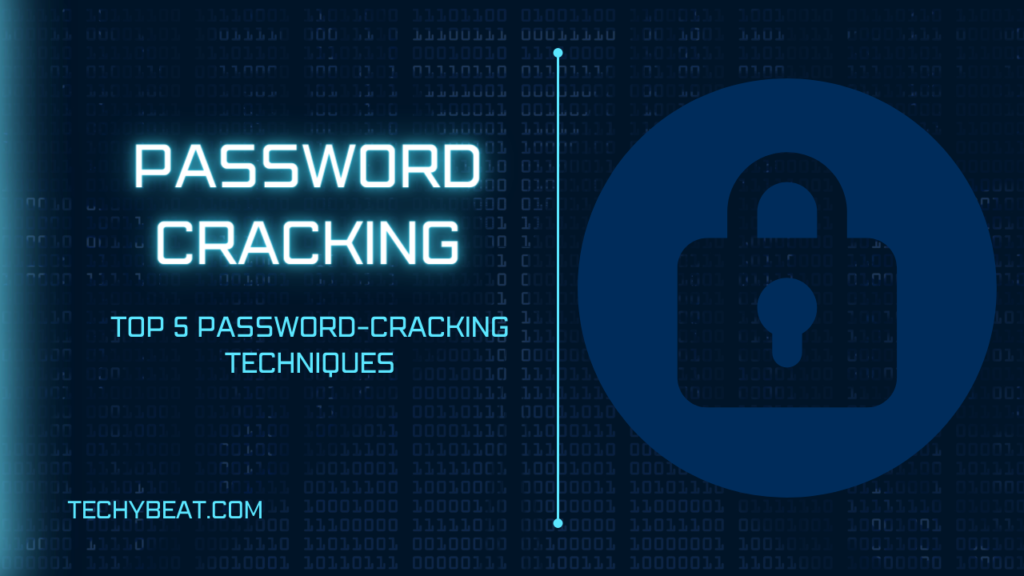In this guide, we’ll take a look at password cracking, highlight why having strong passwords matters, and explore the top 5 techniques hackers employ to crack passwords.
In today’s interconnected world, where our lives are intricately woven into the digital fabric, safeguarding our online presence is paramount. One of the critical lines of defense against unauthorized access is our passwords. Yet, despite the warnings and best practices, many of us still fall victim to password breaches. Have you ever wondered how hackers crack passwords and gain unauthorized access to sensitive accounts? Let’s delve into the world of password cracking and explore how you can fortify your digital fortress against such intrusions.
The Art of Password Cracking
Hackers employ various techniques and tools to crack passwords, ranging from sophisticated algorithms to simple guesswork. Here are some common methods they use:
- Brute Force Attack: This method involves systematically trying every possible combination of characters until the correct password is discovered. While it’s one of the simplest approaches, it can be time-consuming and resource-intensive, especially for longer and complex passwords.
- Dictionary Attack: In a dictionary attack, hackers use a predefined list of commonly used passwords, words, or phrases to attempt to gain access. This method relies on the tendency of many individuals to use easily guessable passwords, such as “password123” or “123456.”
- Phishing: Phishing attacks trick users into revealing their passwords willingly. Hackers create deceptive emails, messages, or websites that mimic legitimate sources, prompting users to enter their login credentials. Once obtained, these passwords can be used to access sensitive accounts.
- Social Engineering: Hackers may exploit human psychology and manipulate individuals into divulging their passwords through persuasion, coercion, or deception. This could involve pretending to be a trusted individual or authority figure to gain the target’s trust.
- Rainbow Tables: Rainbow tables are precomputed tables used in password cracking to reverse cryptographic hash functions. By comparing hash values of stolen password databases against entries in these tables, hackers can quickly identify plaintext passwords.
Strengthening Your Defenses
Now that we understand the methods employed by hackers, let’s explore how we can bolster our defenses against password cracking:
- Use Strong, Unique Passwords: Avoid using easily guessable passwords and opt for strong, complex combinations of letters, numbers, and symbols. Additionally, use a unique password for each account to mitigate the impact of a breach.
- Enable Two-Factor Authentication (2FA): 2FA adds an extra layer of security by requiring users to provide two forms of identification before granting access. This could be a combination of something you know (password) and something you have (e.g., a code sent to your phone).
- Stay Vigilant Against Phishing: Be cautious of unsolicited emails, messages, or links, especially those requesting sensitive information. Verify the authenticity of sources before providing any login credentials.
- Keep Software and Systems Updated: Regularly update your operating system, antivirus software, and applications to patch security vulnerabilities and protect against emerging threats.
- Educate Yourself and Others: Stay informed about the latest cybersecurity threats and educate yourself and others about best practices for password security and online safety.
By understanding the methods employed by hackers and implementing robust security measures, you can fortify your digital defenses against password-cracking attempts. Remember, safeguarding your online accounts is not just about protecting your data; it’s about safeguarding your digital identity and peace of mind in an increasingly interconnected world. Stay vigilant, stay secure.

